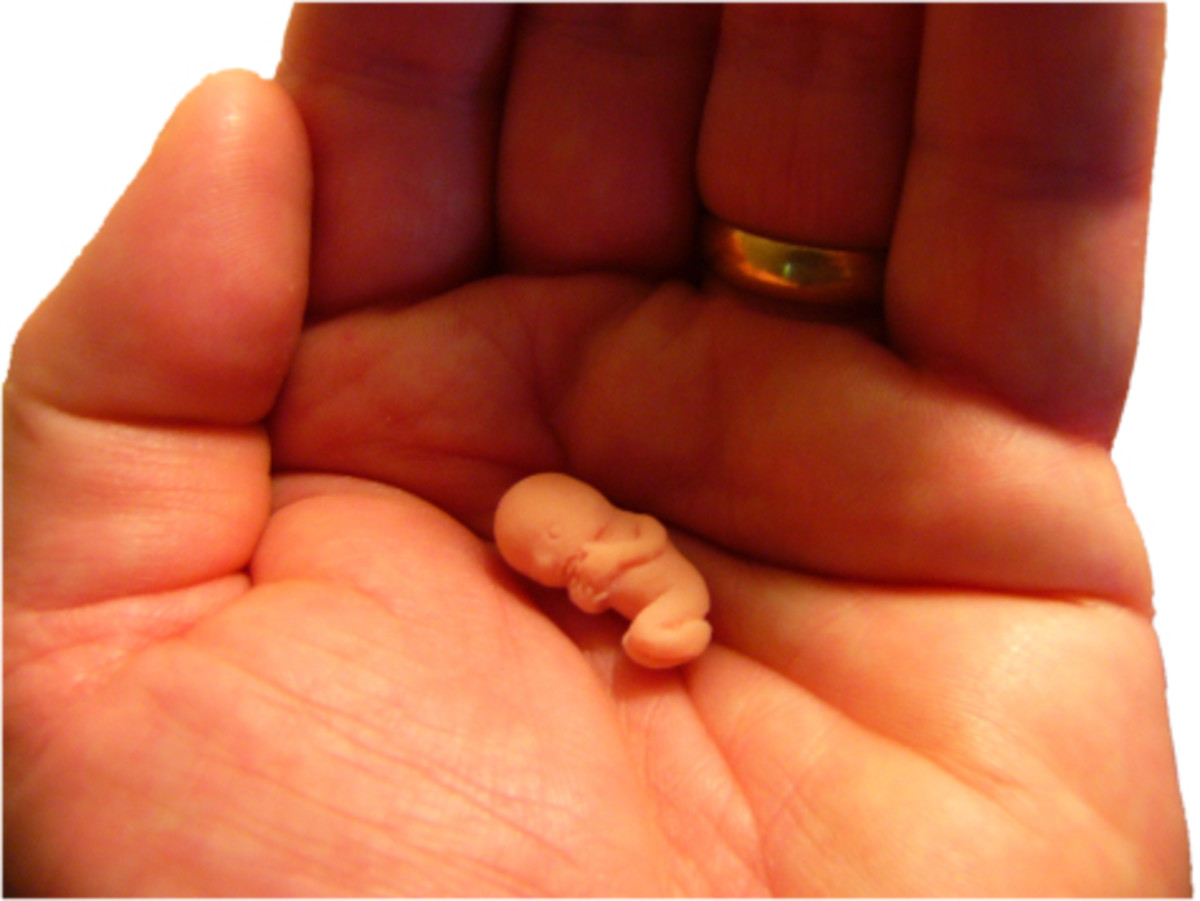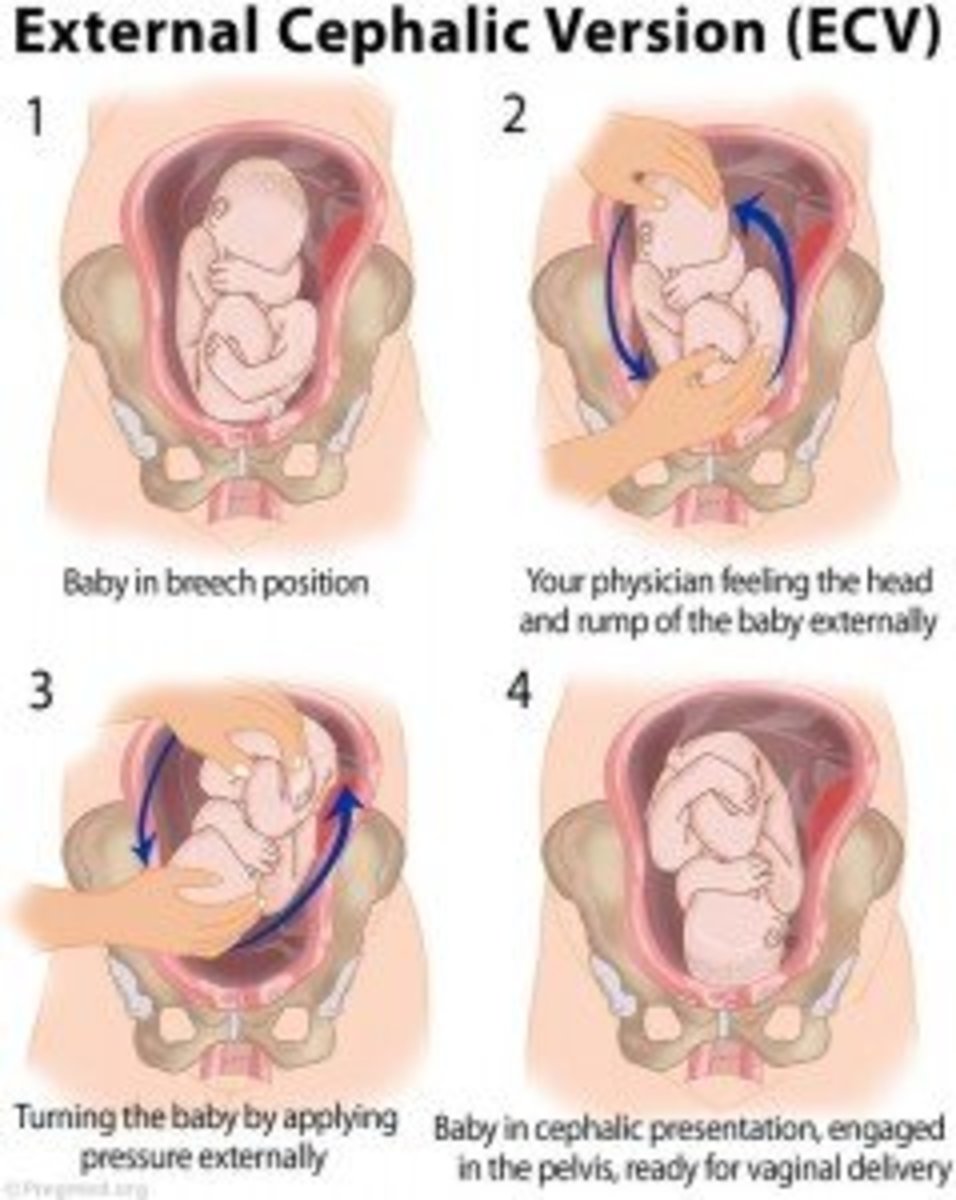Women's Health: About EveryWoman
Being a woman shapes life in so many ways. Women are daughters, mothers, sisters and friends. Women are wives, lovers, professionals and homemakers. Women are unique, caring and wonderful.
Throughout life, the female body is physically challenged and emotions are often effected by those challenges. Compared to men, women generally have smaller bones, less muscle and produce a different mix of hormones. Social challenges are also a reality. Today's women enjoy many new opportunities, but often struggle to meet the needs of family, work and commitments to others, finding little time to pursue purely personal goals. Efforts to stay healthy, find meaningful pleasures and time for relaxation can be put 'on hold' for many years.
Women in the 21st century can expect to live more than thirty years longer than women born in the 19th century. While this is good news, the reality is women face many new health challenges as they live longer. Today, in the US, almost a third of adult women lead sedentary lives and one of every three women is overweight. Inactivity and excess weight both increase the risk of heart disease, the leading cause of death for all women. Half of women over the age of 65 suffer from arthritis. Between early adulthood and age 50 years, 70 percent of women lose bone mass. Women worry about breast cancer. Sexually transmitted diseases are also common. One in four women is infected with the herpes virus and, at any given time, approximately 600,000 women have gonorrhea, chlamydia or syphilis.
Everywoman, now is the time to begin. Take charge of your life as you face the 21st century. You can shape your destiny. Develop a lifestyle that promotes both your physical and emotional well-being. Support other women, and cherish the special qualities that make each woman unique, yet the same. This program presents much information, all of it designed to promote awareness of what each woman can do maximize her full potential, now and in the years ahead. Every woman deserves a long, productive, healthy, active and happy life.
From Menarche to Menopause: The Hormonal Dance of Everywoman
Hormones make a woman unique. A woman's ovaries produce the two primary female sex hormones, progesterone and estrogen. Ovaries also produce small amounts of male hormones, or androgens, including testosterone. The production and balance of these hormones is regulated by the interaction of: 1) the hypothalamus, a portion of the brain that regulates several body functions, 2) the pituitary gland, a small gland located behind the nose and 3) the ovaries. Proper balance of these hormones throughout a woman's childbearing years leads to the development of healthy reproductive organs, regular ovulation and menstruation, and normal pregnancies.

Menarche, When Menstruation Begins
For girls, the hormonal surge that leads to becoming a woman usually starts after age 8 or 9. To begin, the brain releases gonadotropin-releasing hormone (GnRH). This hormone travels to the pituitary gland and triggers the release of luteinizing hormone (LH) and follicle-stimulating hormone (FSH). LH and FSH travel to the ovaries where they stimulate the production of estrogen. Estrogen production initiates changes in a girl's body and developmental preparation for reproduction begins.
North American girls generally have their first period (menarche) around age twelve. This event will usually occur 1 to 2 years after breasts begin to develop and pubic hair starts to grow. Heavier girls typically begin menstruating earlier than leaner, lighter girls. A certain amount of body fat is needed to support adequate hormone activity and menstruation. Body fat produces small amounts of estrogens.
The Menstrual Cycle
A woman's reproductive ability is evidenced by her monthly menstrual cycle. The ovarian hormones, estrogen and progesterone, induce changes in the lining of the uterus that prepare it for a fertilized egg. Estrogen then stimulates the ovaries to release an egg in a process called ovulation. If the egg is not fertilized by a male's sperm, it will begin to break apart. Estrogen and progesterone levels decline, and the uterine lining is shed in the monthly bleeding known as a 'period' or menstruation. During her fertile years, roughly three decades, a woman will experience the hormonal fluctuations of the menstrual cycle every 28 to 35 days.
Pregnancy and Lactation
A missed period is often a woman's first sign of pregnancy. She may also experience other symptoms of surging progesterone and estrogen levels as she feels fatigued, urinates frequently and notices her breasts are tender. Pregnancy interrupts the steady hormonal rhythms of the monthly menstrual cycle as the embryo and placenta produce additional pregnancy hormones.
Breastfeeding (lactation) marks another shift in hormone production. Estrogen levels can be suppressed by lactation. Many women will not menstruate for some or all of the months they nurse their babies. However, even without regular menstruation ovulation doesn't stop for all nursing women, so don't rely on breastfeeding for birth control!
Perimenopause
The years approaching menopause are a time of transition that can feel as tumultuous as puberty. Perimenopause isn't always a gentle transition where hormones levels gently decline. Women may experience phases of low estrogen followed by surges of estrogen and progesterone. Women may experience irregular periods, hot flashes, breast tenderness and heavy menstrual flow. It takes a few years for your body to make the pubertal change from child to menstruating young woman; the change from a fertile menstruating woman to a postmenopausal woman takes time as well.
Menopause and Beyond
Most doctors define a woman as menopausal if she hasn't menstruated for one year. The ovaries quit producing an egg each month but they still produce hormones, less estrogen and more testosterone. The changing hormonal mix of menopause and beyond varies somewhat from woman to woman, and this may account for why some women experience more severe menopausal symptoms than others. Menopause is a natural time of change in a woman's life that can be an opportunity for personal growth. Free from the rigorous demands of childbearing years, a woman may rediscover her sense of self and see this as an opportunity for personal growth.





